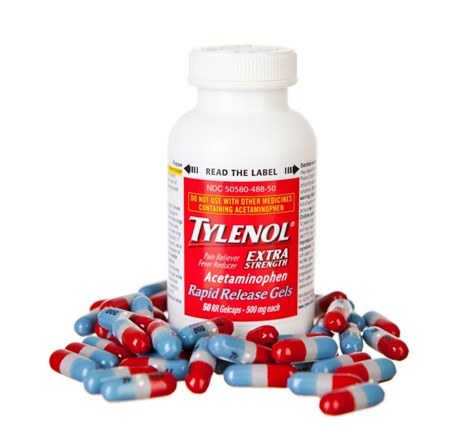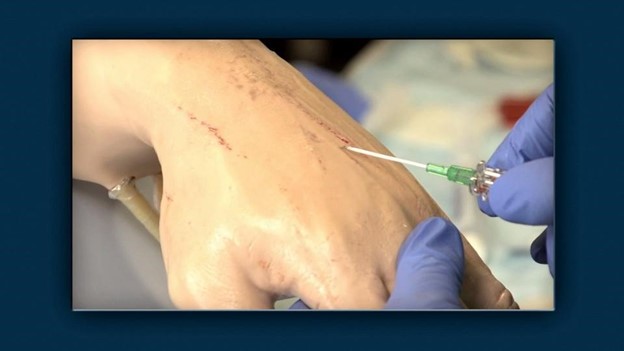A nurse is providing discharge teaching about home care of a surgical incision to a client who speaks a different language from the nurse.
The nurse is communicating with the client using an interpreter.
Which of the following actions should the nurse take?
Use gestures to convey meaning.
Pause in the middle of sentences
Speak slowly when talking to the interpreter
Speak directly to the client
The Correct Answer is D
The correct answer is choice D. Speak directly to the client. This is because the nurse should establish eye contact and rapport with the client, not the interpreter, and show respect for the client’s culture and autonomy. The nurse should also use simple and clear language, avoid jargon and slang, and speak in short sentences.
Choice A is wrong because using gestures to convey meaning can be confusing or offensive to some cultures. The nurse should avoid relying on nonverbal communication and ask the interpreter for clarification if needed.
Choice B is wrong because pausing in the middle of sentences can disrupt the flow of communication and make it harder for the interpreter to translate accurately. The nurse should pause at the end of each complete thought or sentence to allow the interpreter to relay the information.
Choice C is wrong because speaking slowly when talking to the interpreter can imply that the interpreter is incompetent or unintelligent. The nurse should speak at a normal pace and tone, and allow enough time for the interpreter to translate.
Nursing Test Bank
Naxlex Comprehensive Predictor Exams
Related Questions
Correct Answer is C
Explanation

Enoxaparin is a blood thinner that helps prevent the formation of blood clots in people who have certain medical conditions or who are undergoing certain procedures. Enoxaparin can increase the risk of bleeding, especially if taken with other medications that affect blood clotting, such as nonsteroidal anti-inflammatory drugs (NSAIDs) or aspirin.
Therefore, the nurse should instruct the client to avoid taking pain relievers such as naproxen sodium (choice A), ibuprofen (choice B), or aspirin (choice D) while on enoxaparin. These pain relievers can make the client more likely to bleed when on enoxaparin. Acetaminophen (choice C) is a pain reliever that does not affect blood clotting and can be taken safely with enoxaparin. However, the client should follow the directions on the box to make sure they do not take more than the recommended amount of acetaminophen, as it can cause liver damage in high doses.
Correct Answer is D
Explanation

This is because after puncturing the skin and the vein, the nurse needs to advance the catheter into the vein with the finger hub to ensure proper placement and prevent complications such as infiltration or phlebitis.
Choice A is wrong because flushing the catheter with saline should be done after securing the catheter to the skin with a transparent dressing and attaching a primed piece of extension tubing to the catheter.
Choice B is wrong because retracting the stylet should be done after advancing the catheter into the vein and releasing the tourniquet from the client’s arm.
Choice C is wrong because releasing the tourniquet should be done after advancing the catheter into the vein and before retracting the stylet.
Whether you are a student looking to ace your exams or a practicing nurse seeking to enhance your expertise , our nursing education contents will empower you with the confidence and competence to make a difference in the lives of patients and become a respected leader in the healthcare field.
Visit Naxlex, invest in your future and unlock endless possibilities with our unparalleled nursing education contents today
Report Wrong Answer on the Current Question
Do you disagree with the answer? If yes, what is your expected answer? Explain.
Kindly be descriptive with the issue you are facing.
